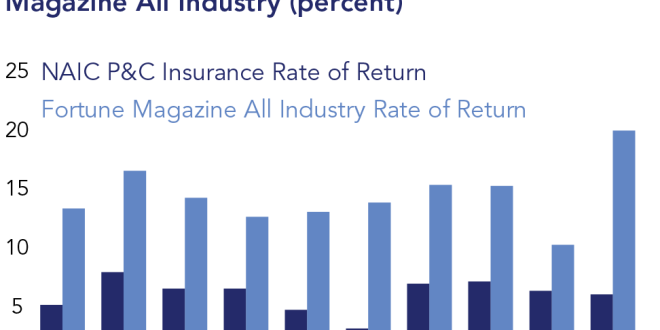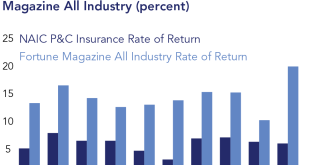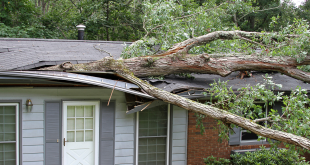Homeowners across the United States are facing a potentially devastating financial reality: home insurance rates are projected to double within the next decade. This looming crisis threatens to make homeownership unaffordable for millions and exacerbate existing inequalities. Understanding the drivers behind this surge and exploring potential solutions is crucial to mitigating the impact on American families. It’s kind of scary to think about, isn’t it? Like, will we all be priced out of our homes?
Understanding the Rising Costs
Climate Change and Increased Risk
Let’s be honest, climate change isn’t just some abstract concept anymore; it’s hitting us right in the wallet. You see those increasingly frequent and severe weather events – hurricanes tearing through coastal states, wildfires engulfing the West, floods inundating the Midwest? Well, they’re not just causing devastation; they’re also driving up insurance costs. Insurance companies are paying out more claims, and to cover those losses, they’re hiking up premiums. It’s a pretty direct line, really. I read somewhere that regions particularly prone to these disasters have seen premiums jump by like, insane amounts. It makes you wonder if living near the beach is worth it, you know?
Inflation and Supply Chain Issues
And it’s not just the weather; good ol’ inflation is playing a part too. Remember when lumber prices went through the roof? Well, those higher costs for construction materials and labor are still lingering. So, when a disaster does strike and you need to rebuild, it costs a whole lot more. And guess who ends up footing the bill? You do, through higher insurance premiums. It’s like, everything is connected. You can’t even escape inflation by just staying home. Though, I suppose, stay at home stocks did well in 2020. But I digress…
Reinsurance Market Volatility
Okay, this might sound a bit complicated, but stick with me. Reinsurance is basically insurance for insurance companies. So, when they face huge losses (think a massive hurricane season), they turn to reinsurance to help cover the costs. But the reinsurance market is getting more volatile and expensive. This, in turn, means insurance companies have to charge us more. It’s like a trickle-down effect, only instead of money, it’s higher premiums. I sometimes wonder if the average person even knows this is a thing. Probably not, right?
Impact on Homeowners
Affordability Crisis
Okay, so imagine your home insurance bill doubles. For some people, that’s just an inconvenience. But for many, many others, especially those on fixed incomes or with already tight budgets, it could be devastating. We’re talking about the potential for mortgage defaults, foreclosures, and even displacement. It’s a scary thought. Will people be forced to choose between keeping their homes and, like, buying groceries? It doesn’t seem right, does it?
Regional Disparities
Of course, not everyone is going to be affected equally. Some regions are just naturally more vulnerable to climate change than others. Coastal areas, for example, are bracing for more hurricanes and rising sea levels, while the Southwest is dealing with increasingly severe droughts and wildfires. Homeowners in these areas are likely to see the biggest spikes in insurance rates. It’s almost like a double whammy, right? Not only do they have to deal with the actual disasters, but they also have to pay more to protect themselves from them.
Impact on Housing Market
And all of this could have a ripple effect on the entire housing market. If insurance becomes too expensive, demand could decrease, leading to lower property values. This would make it harder for people to sell their homes and could discourage first-time homebuyers from even entering the market. Imagine saving up for years to buy your first home, only to realize you can’t afford the insurance. It’s a pretty bleak picture, isn’t it?
Potential Solutions and Mitigation Strategies
Government Intervention and Regulation
So, what can be done? Well, government intervention could play a crucial role. Think subsidies to help low-income homeowners afford insurance, regulations to prevent insurance companies from unfairly raising rates, and updates to building codes to make homes more resilient to disasters. I mean, it makes sense, right? If we can make homes stronger and less likely to be damaged, insurance companies won’t have to pay out as much in claims. It’s a win-win… theoretically.
Community-Based Resilience Programs
Sometimes, the best solutions come from the ground up. Community-based initiatives, like flood mitigation projects and wildfire prevention efforts, can make a real difference in reducing risk and lowering insurance premiums. Imagine neighbors working together to protect their homes and their community. It’s a nice thought, isn’t it? Like an old-fashioned barn raising, but for disaster preparedness. I think that would feel great to be a part of.
Technological Innovations
And let’s not forget about the power of technology! Improved risk modeling and early warning systems can help us better understand and manage risks, leading to more accurate and affordable insurance pricing. For example, drones could be used to assess damage after a storm, speeding up the claims process and reducing costs. Who knows what other innovations are just around the corner? It feels like every day there’s some new technology poised to change everything. Sometimes it’s actually useful, sometimes not so much.
Alright, so the potential doubling of home insurance rates in the US is a serious challenge, no doubt. But it’s not insurmountable. By understanding the drivers behind these rising costs and exploring potential solutions, we can work towards ensuring that homeownership remains accessible and affordable for all Americans, even in the face of a changing climate. It’s going to take a collective effort, but I think it’s worth it. What do you think? Maybe it’s time to start looking into those community resilience programs… just in case.
 seeme
seeme




